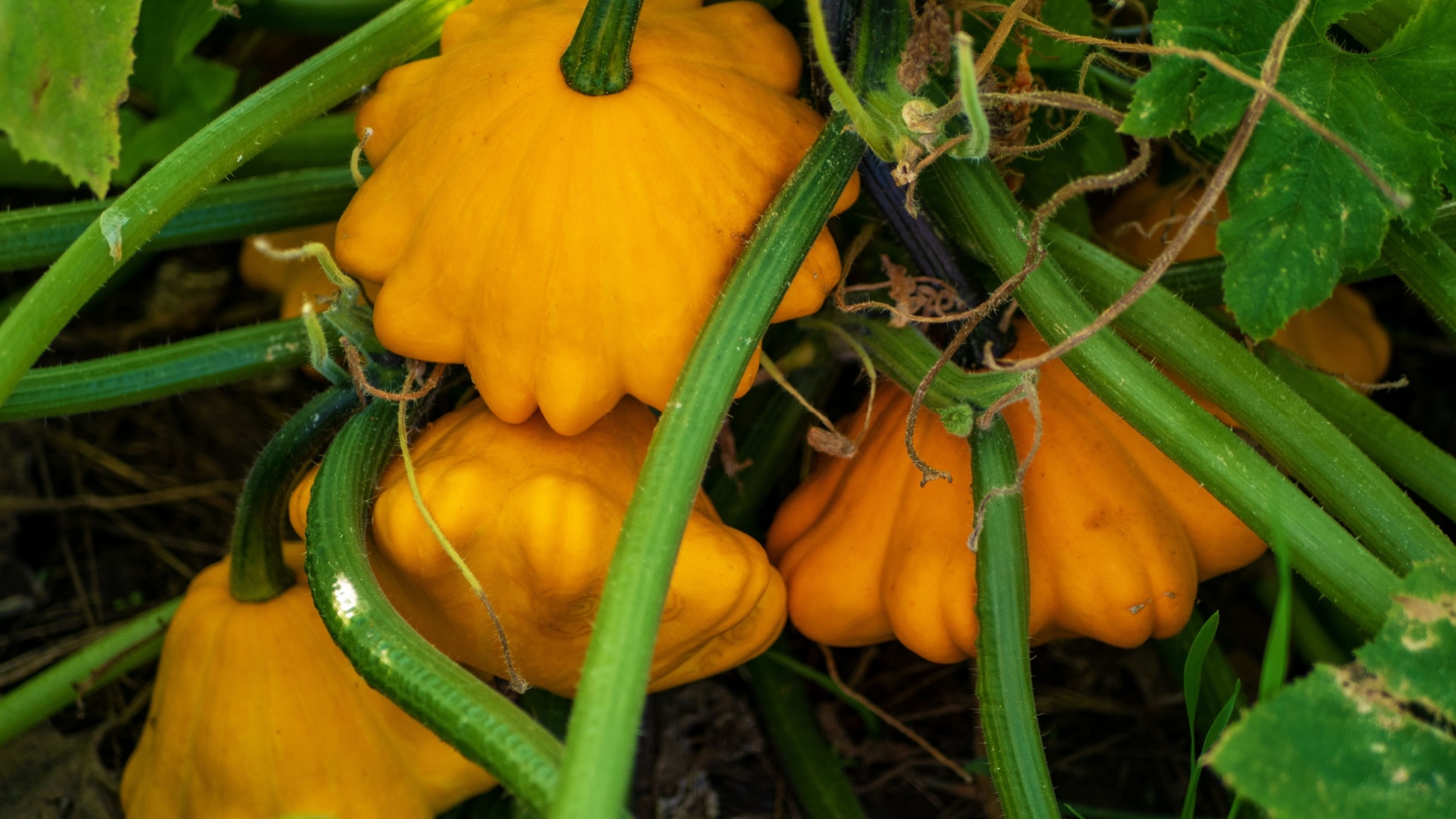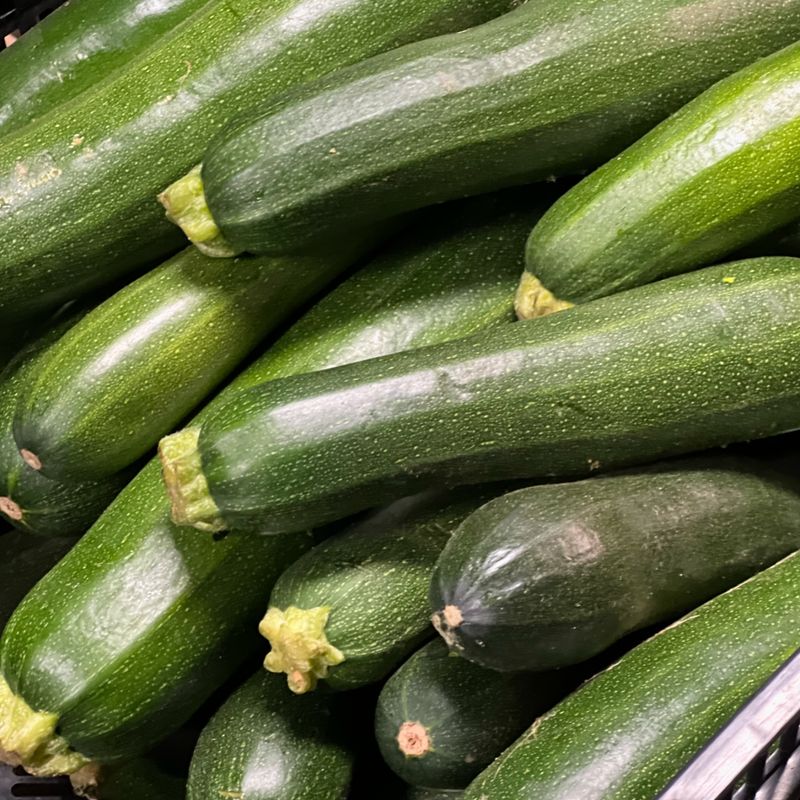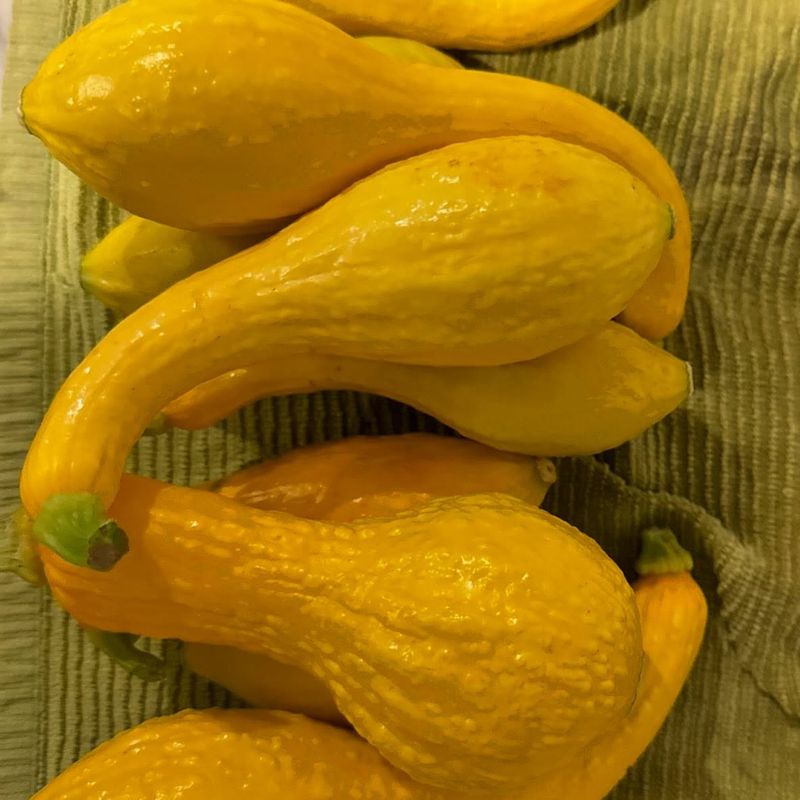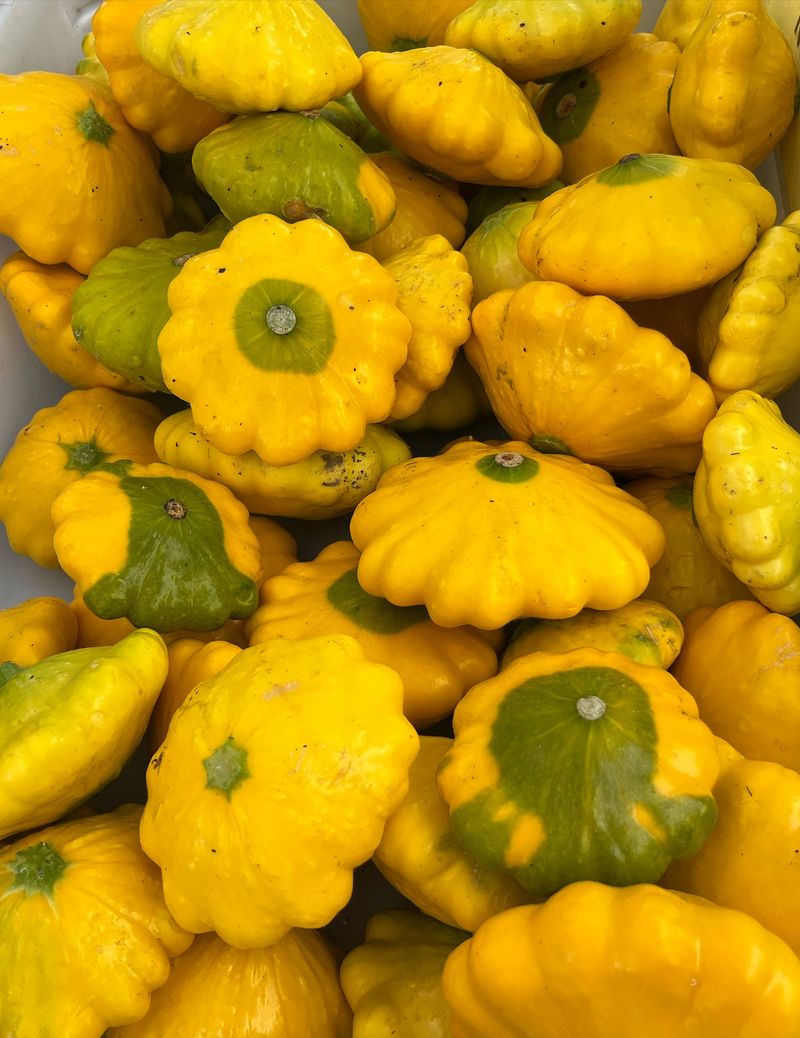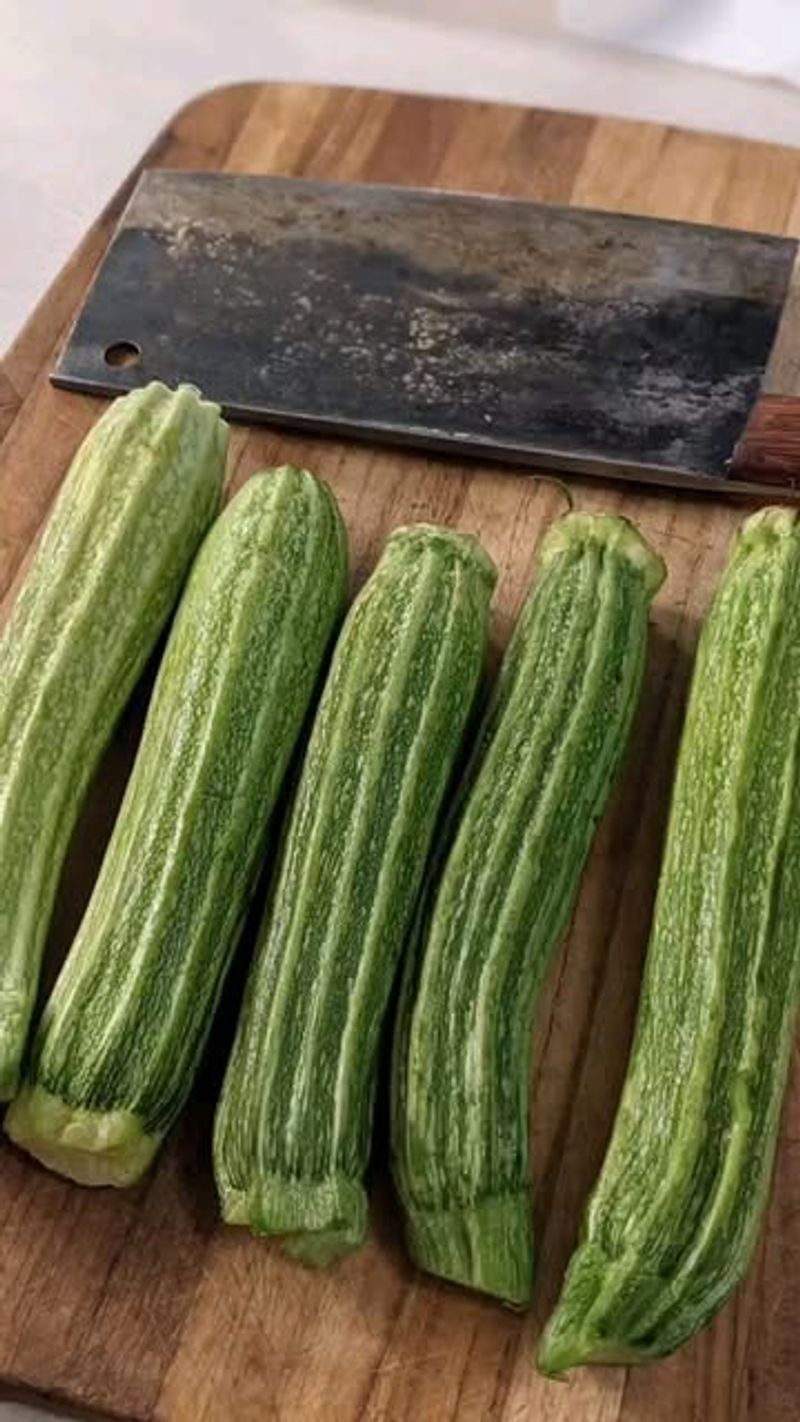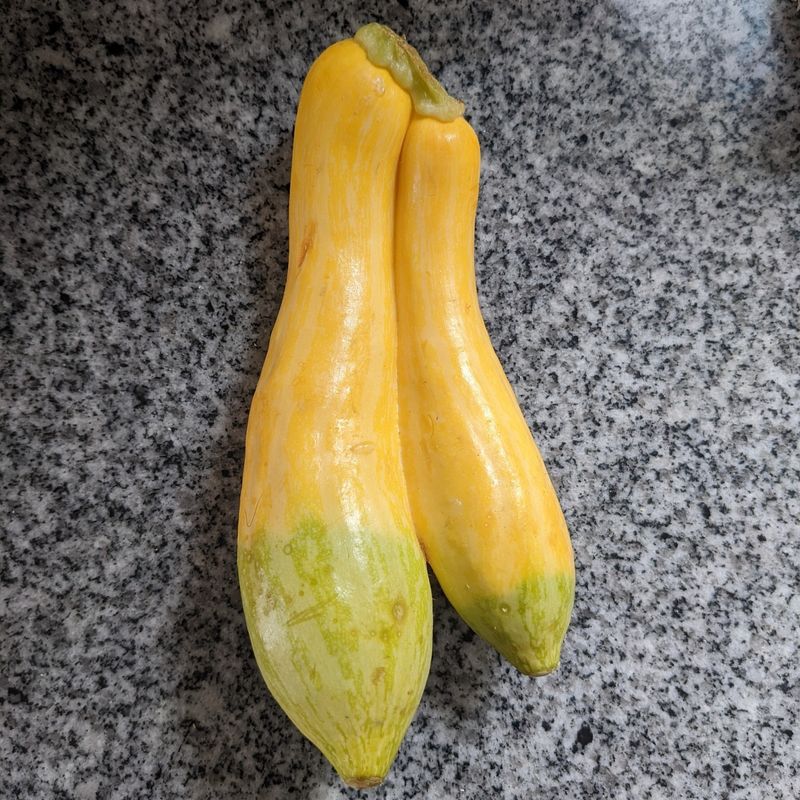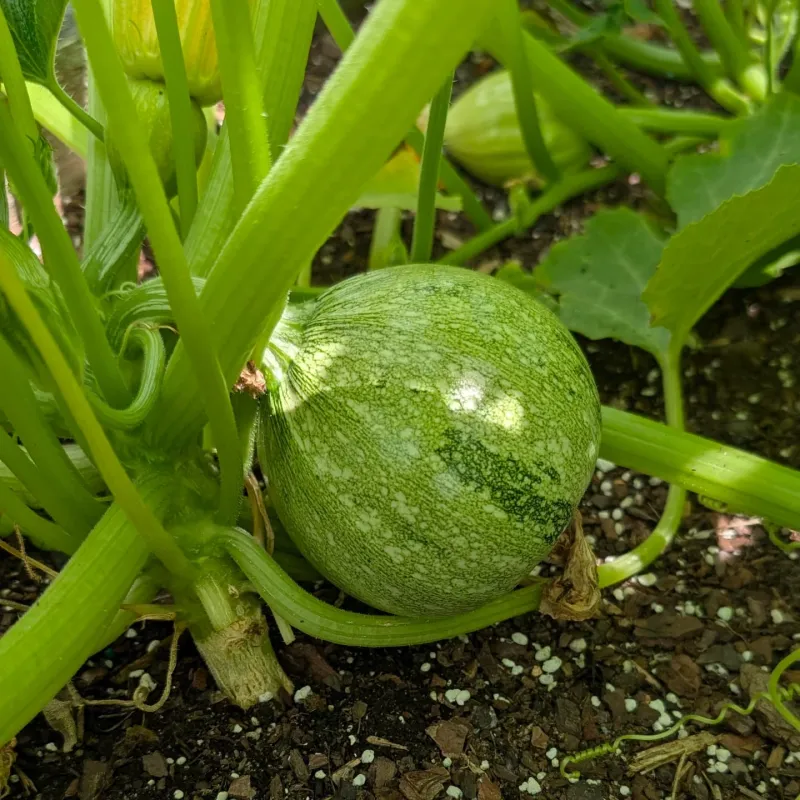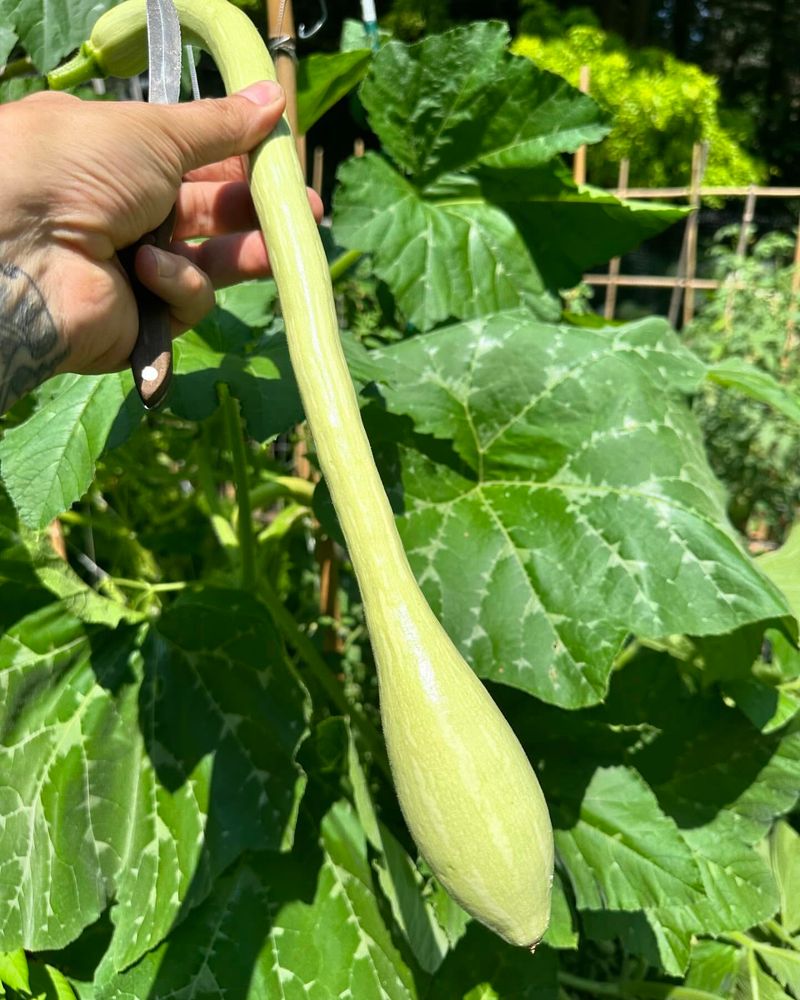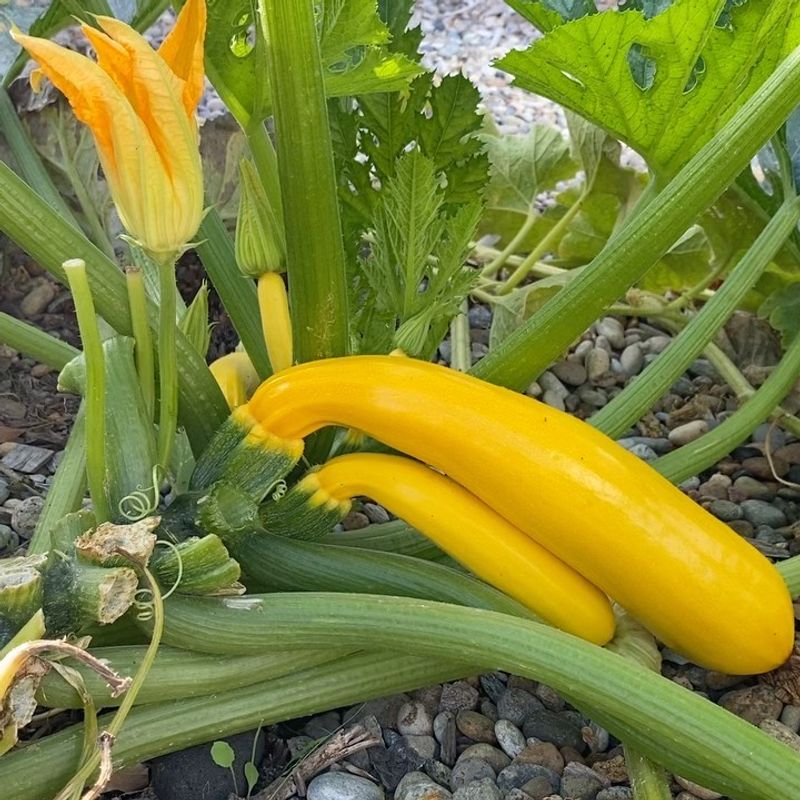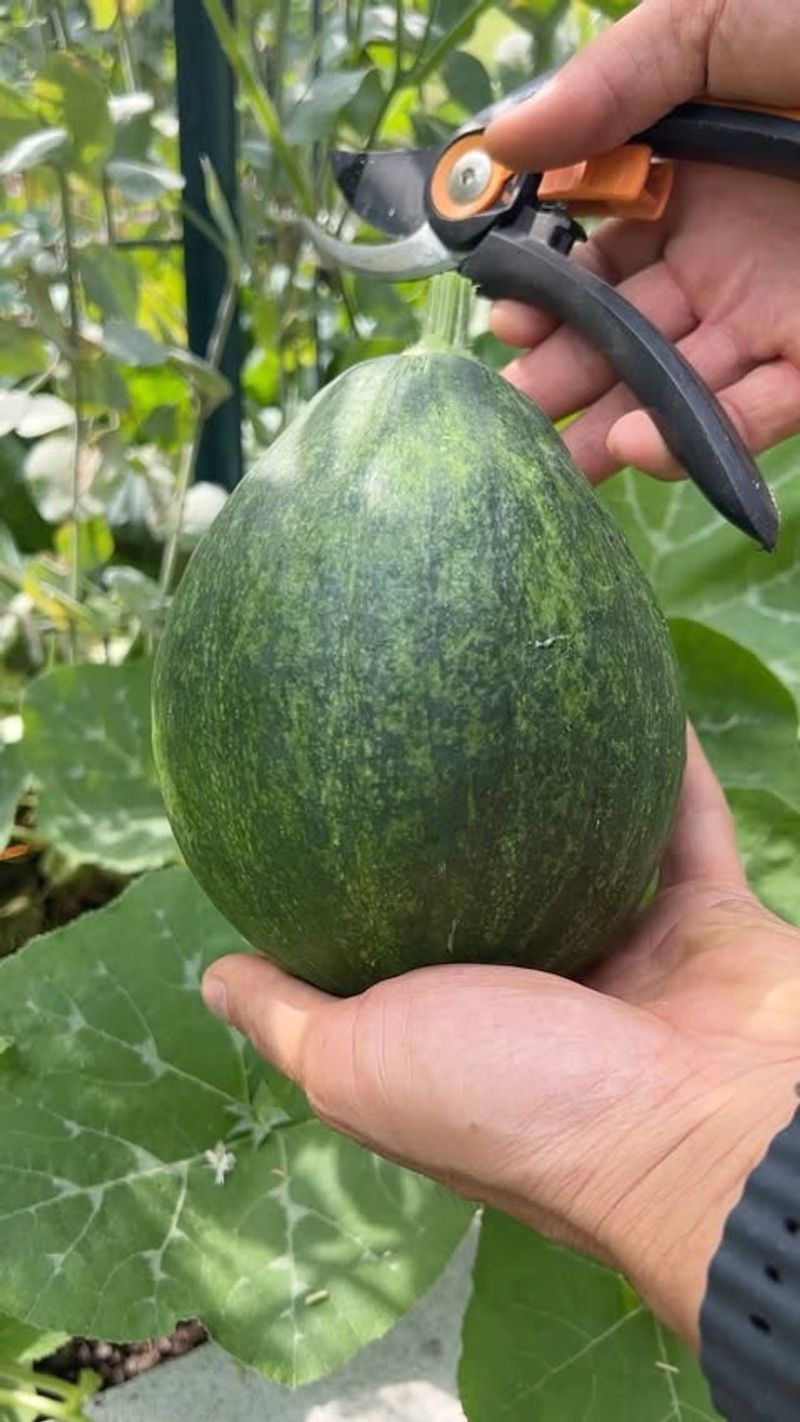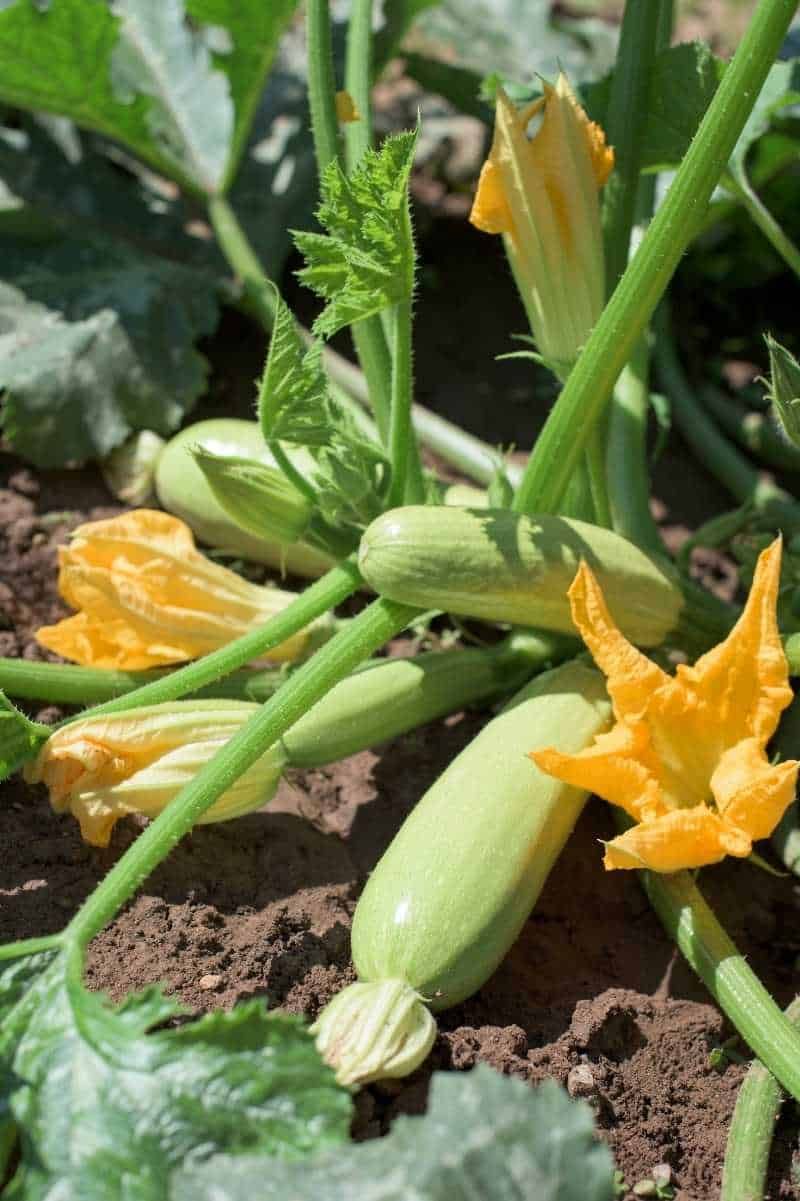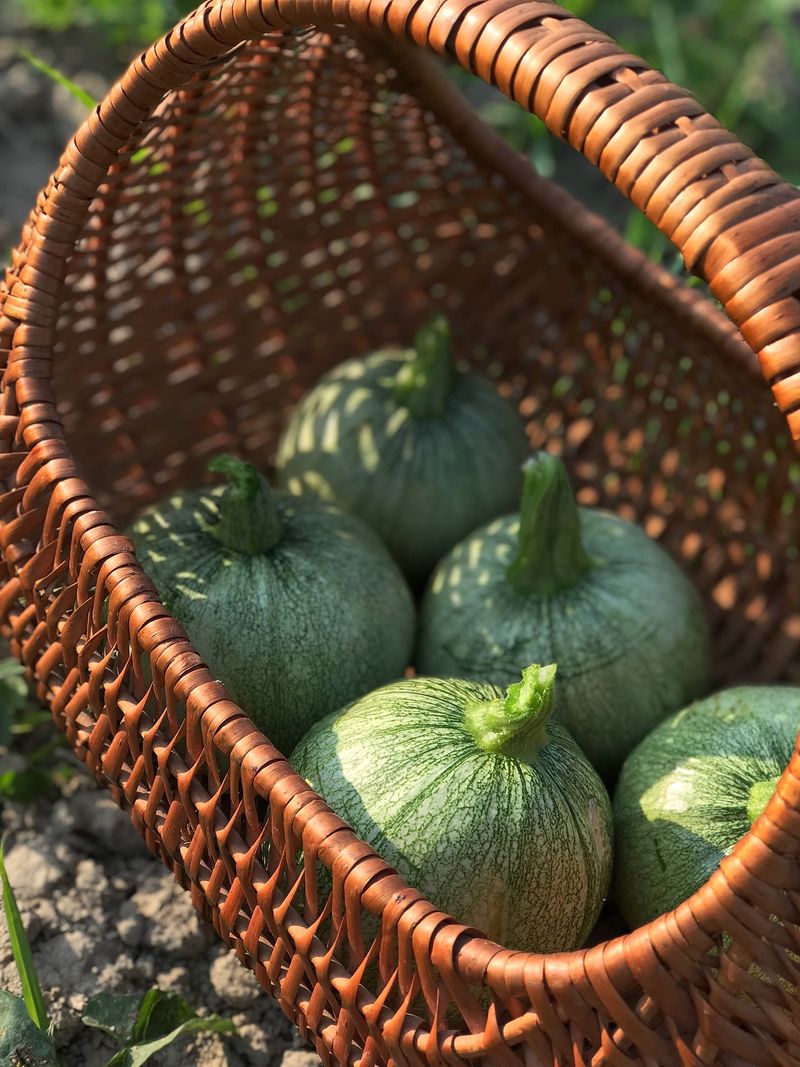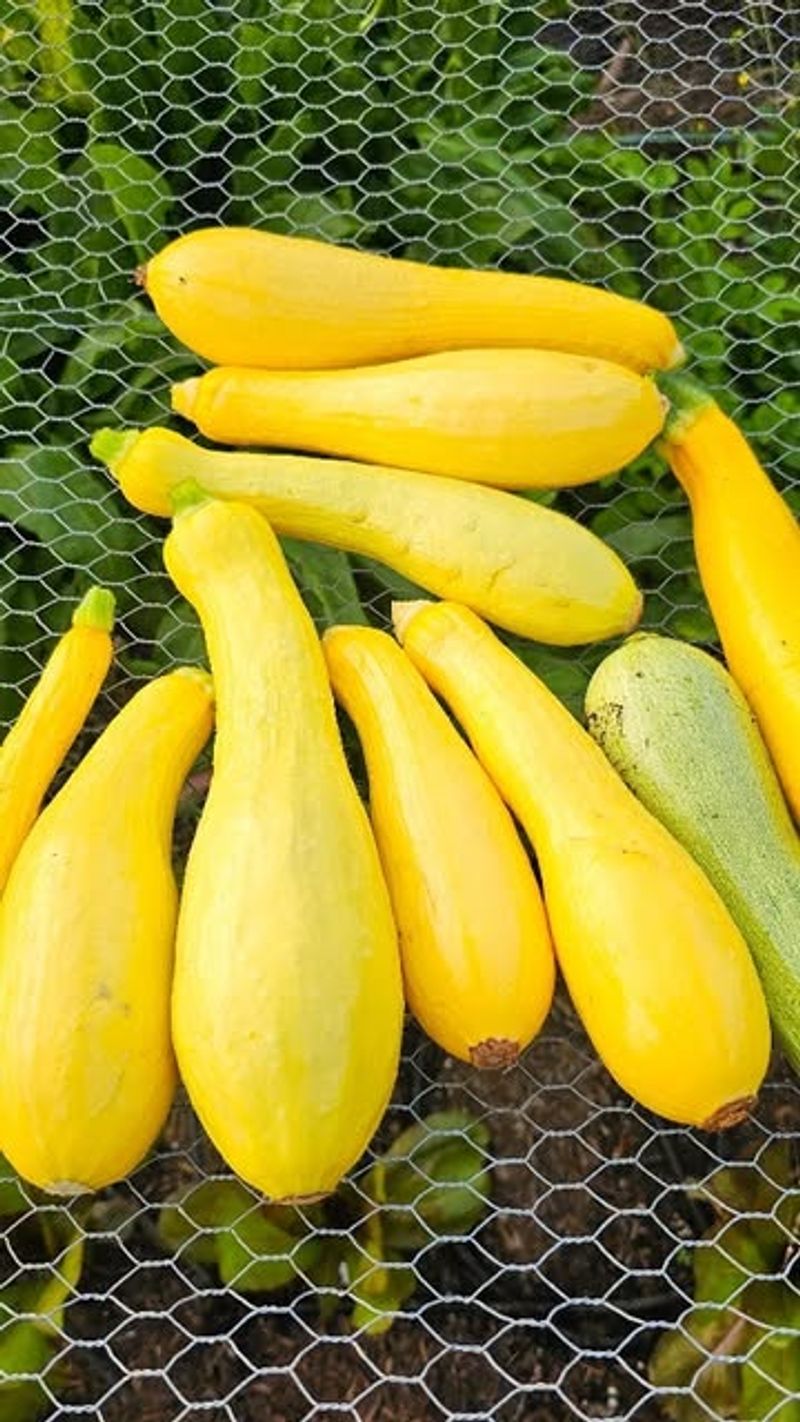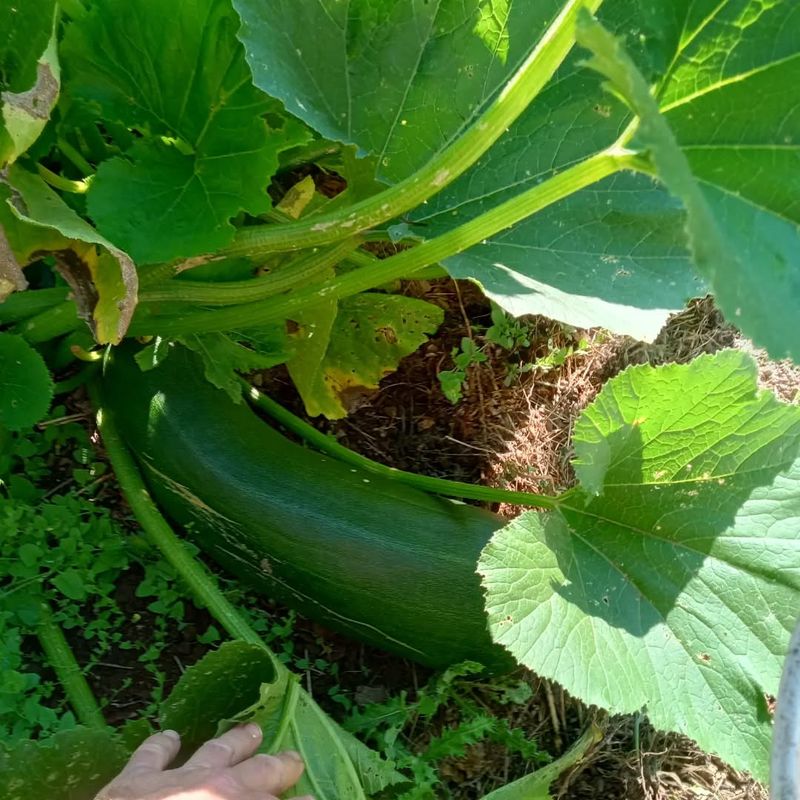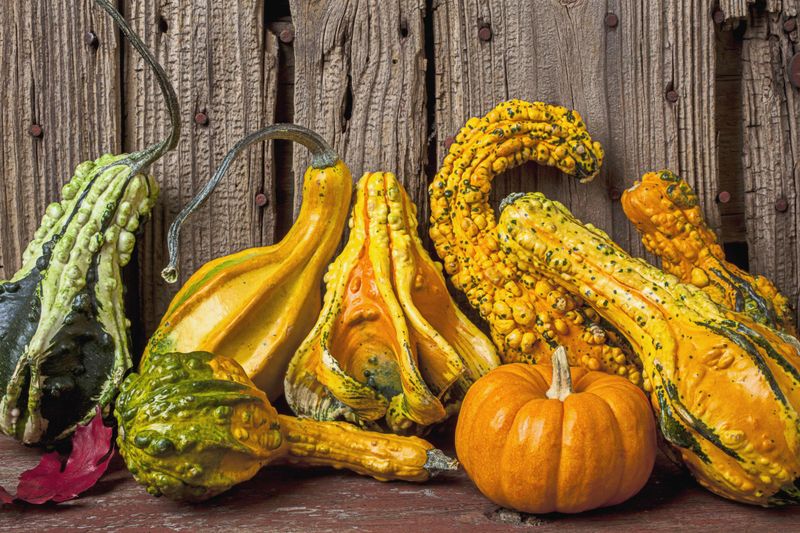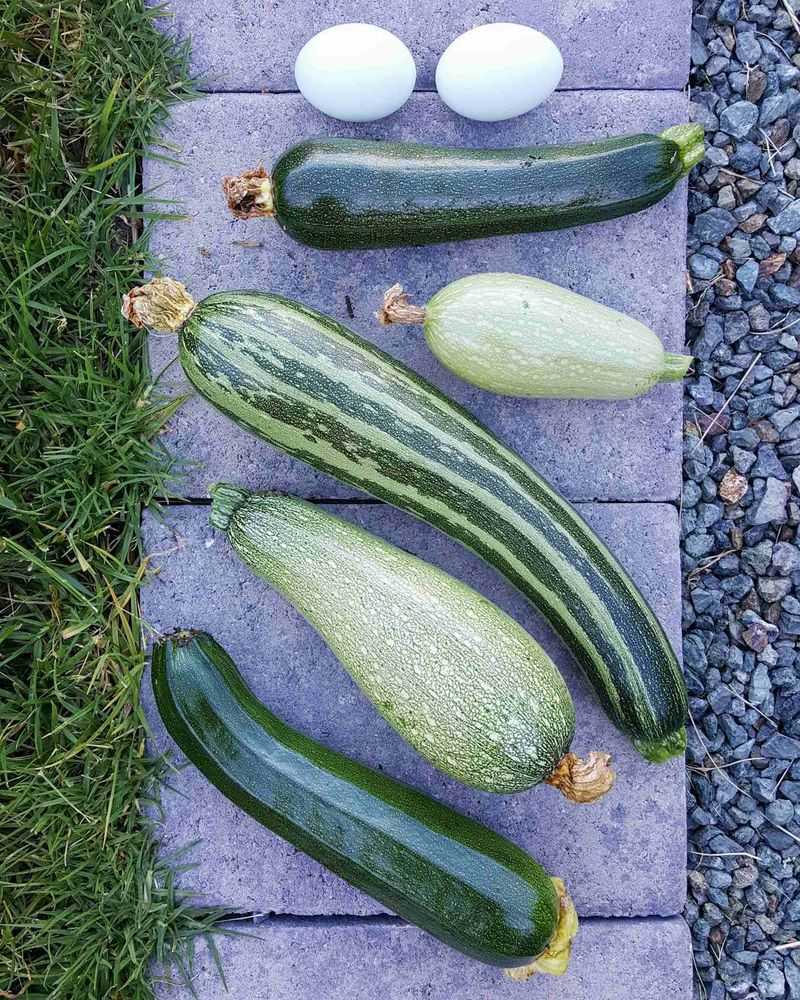Not all summer squash are created equal—some are garden rockstars, while others are all hype and no harvest. If you’re looking for big flavor, easy growing, and beautiful yields, you’re in the right place.
These 12 varieties deliver every time, and we’ll also clue you in on 3 that just don’t live up to the promise.
1. Black Beauty Zucchini
Dark green and glossy, Black Beauty zucchini remains the gold standard for backyard gardens everywhere. Introduced in the 1920s, this heirloom variety continues to win over gardeners with its reliability and abundant harvests.
Plants produce straight, uniform fruits that grow 6-8 inches long with tender skin and creamy white flesh. The compact bushes don’t sprawl all over your garden, making them perfect for smaller spaces.
2. Yellow Crookneck Squash
Curved like a swan’s neck and sunshine-bright, Yellow Crookneck brings cheerful color to any garden plot. The distinctive bent shape develops as the fruit matures, creating that classic silhouette gardeners love.
Harvest these beauties when they’re young (4-6 inches) for the best flavor and texture. The buttery taste makes them perfect for simple summer side dishes. Plants produce heavily throughout the season if you pick regularly.
3. Pattypan Flying Saucer
Looking like tiny spaceships that landed in your garden, Pattypan squash adds whimsy to your vegetable patch. Their scalloped edges and flattened shape make them stand out from ordinary squash varieties.
Coming in yellow, white, or green versions, these tender squashes taste sweet and nutty. Pick them small (2-3 inches across) for the most delicate flavor. Kids especially love growing these unusual vegetables that look like toys but taste like summer.
4. Costata Romanesco Zucchini
Italian heirloom Costata Romanesco stands out with its striking ribbed exterior and gray-green coloring. Gardeners treasure this variety for its exceptional nutty flavor that outshines regular zucchini by miles. The prominent ribs create star-shaped slices when cut, making beautiful presentations on your plate.
Though plants spread wider than modern hybrids, their outstanding taste makes them worth the extra space. Male flowers are particularly large, perfect for stuffing and frying.
5. Zephyr Two-Tone Squash
Sporting a unique two-tone appearance, Zephyr squash looks like it was dipped in green paint at the blossom end. The striking yellow body with pale green tips makes it instantly recognizable in any garden. Beyond good looks, Zephyr delivers excellent flavor with a firm texture that holds up well in cooking.
Plants show good resistance to common squash diseases and produce abundantly. The straight fruits grow 4-6 inches long and maintain their beautiful coloring throughout the season.
6. Eight Ball Zucchini
Round and perfectly proportioned, Eight Ball zucchini resembles a billiard ball in both size and shape. These dark green spheres offer a fun alternative to traditional cylindrical zucchini varieties. Their compact form makes them ideal for stuffing – just slice off the top, scoop out seeds, and fill with your favorite mixture.
Plants produce heavily and don’t take up much garden space. Harvest when fruits reach baseball size for optimal tenderness and flavor.
7. Tromboncino Climbing Squash
Tromboncino might win the prize for most unusual-looking summer squash with its long, curved fruits resembling musical instruments. Unlike other summer squash, this Italian variety grows on vigorous vines that can climb trellises or fences.
The pale green fruits can reach an astonishing 3 feet long but taste best when harvested at 12-18 inches. Their solid flesh contains fewer seeds than other squash, giving you more edible portion per fruit. Mature fruits can even be stored like winter squash.
8. Gold Rush Zucchini
Brilliant golden-yellow fruits make Gold Rush zucchini a standout in any vegetable garden. The straight, uniform squash grows on open plants that make harvesting a breeze compared to other varieties. Despite their sunshine color, they taste just like green zucchini with sweet, tender flesh.
Plants show excellent disease resistance and continue producing throughout summer. The bright color doesn’t fade during cooking, adding beautiful visual appeal to summer dishes.
9. Tatume Mexican Squash
Round to oval fruits with speckled green skin distinguish Tatume, a traditional Mexican variety gaining popularity with American gardeners. Unlike most summer squash, Tatume grows on semi-vining plants that can be trellised to save space.
Known for exceptional heat tolerance, Tatume thrives when other squash varieties struggle in hot weather. The fruits can be harvested young as summer squash or allowed to mature into winter squash. Their rich flavor holds up beautifully in traditional Latin American recipes.
10. Magda Cousa Squash
Middle Eastern in origin, Magda Cousa squash produces pale green, tapered fruits with extraordinary tenderness and flavor. Sometimes called “Lebanese squash,” this variety is prized for its buttery texture and sweet taste. Harvest when fruits reach 4-6 inches for the best eating quality.
The plants have an open growth habit that makes spotting fruits easy. Gardeners in hot regions particularly appreciate Magda’s heat tolerance and resistance to common squash pests.
11. Ronde de Nice Round Zucchini
Originating from France, Ronde de Nice produces perfectly round, light green fruits that look like miniature watermelons. These tennis ball-sized squashes have become increasingly popular for their portion-control size and gourmet appeal.
Each fruit makes an ideal single serving when hollowed out and stuffed. The delicate flavor works beautifully with herbs and light seasonings. Plants produce abundantly throughout summer, with open growth habits that make harvesting simple.
12. Gentry Yellow Straightneck
Improving on traditional crookneck varieties, Gentry produces straight, cylindrical yellow fruits that are easier to prepare in the kitchen. The bright golden squash grows on compact, bushy plants that fit well in smaller gardens.
Smooth-skinned and tender, these squash lack the warts and bumps found on crookneck types. Their straight shape makes them perfect for uniform slices in recipes. Plants show good resistance to powdery mildew, a common problem with summer squash.
13. AVOID: Giant Zucchini Varieties
Mammoth zucchini varieties that promise enormous fruits might seem impressive, but they typically disappoint in the garden. These giants often develop tough skins, woody interiors, and bland flavor compared to standard-sized varieties.
Many so-called “giant” varieties are actually just regular zucchini that were allowed to grow too large. Save yourself the garden space and disappointment. Focus instead on varieties bred for flavor rather than size, and harvest regularly before fruits become oversized.
14. AVOID: Ornamental Gourds Labeled as Squash
Garden centers sometimes mislabel ornamental gourds as edible summer squash, leading to confusion and disappointment. These decorative varieties may look interesting with their warty textures and unusual colors, but they taste bitter and unpleasant.
True ornamental gourds belong to different species than edible squash. They’re grown for decoration, not eating. Always check seed packets carefully to ensure you’re planting culinary varieties. When in doubt, stick with well-known summer squash types from reputable seed companies.
15. AVOID: Disease-Prone Heritage Varieties
Some old-time squash varieties carry nostalgic appeal but suffer from serious susceptibility to modern diseases. Varieties lacking resistance to powdery mildew, squash vine borers, or cucumber beetles can completely fail in many growing regions.
Beginning gardeners should skip these problem-prone types in favor of newer varieties with built-in disease resistance. Modern breeding has created many varieties that maintain excellent flavor while standing up to common problems. Check seed descriptions for specific disease resistance information before planting.

